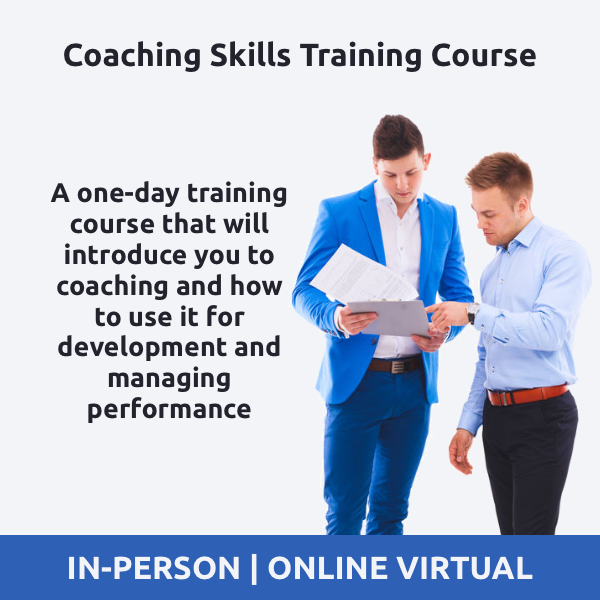Background
The OSCAR coaching model was developed in 2002 by Karen Whittleworth and Andrew Gilbert with the aim of enhancing the GROW coaching model. The OSCAR coaching model describes a framework for coaching and helps us to have more structured coaching conversations.
The OSCAR Coaching Model
OSCAR stands for Outcome, Situation, Choices, Action and Review. It helps us provide some structure to a coaching conversation to help others achieve their goals or improve their performance. If you are unsure about what coaching is, take a look at our What is Coaching article.
We use the model by moving through the framework, using a mix of open and probing questions to prompt the person we are coaching to think and answer. This causes them to self-reflect, self-analyse and become more self-aware.
Outcome
The first part of the OSCAR coaching model is Outcome. In this part of the conversation, we need to help the person we are coaching to determine what they are aiming for from the conversation. This gives us a direction to move in and goal, or in this case an outcome to achieve.
Why not start with where we are now? Starting by looking at the future helps us create what is known as a ‘gap’. Looking at the future first provides clear direction to where the person wants to be or needs to be before we look at what is holding them back.
Situation
The second part of the OSCAR coaching model is Situation. Now we have established where they want to be or need to be; we now have them consider their current position or where they are now. By doing this, we create a gap between the outcome and where we are now, and it’s this gap that they need to close to get to where they need to be.
Situation comes in 2 parts:
- What is the current situation – this establishes where they are now. It looks at where they are in relation to the goal they have
- Why – why does this situation exist. What is holding them back, or what is going on that is causing them to not achieve their goals, targets and objectives.
Choices
The third part of the OSCAR coaching model is Choices. Now we have a gap; we need to have them consider how to close it. Here we ask them to consider a range of choices or actions that they could take to close the gap between where they are now and their outcome. As they come up with choices and actions, we should talk through each action and look at the benefits of that action, how long it will take to implement, if there are any costs involved and the advantages and disadvantages of each idea.
They must come up with the ideas themselves. By not doing so, they won’t have ownership of the ideas and will find it difficult to commit to them. If they can’t come up with any actions, it may be that you haven’t spent enough time in the situation part of the OSCAR coaching conversation, so you may need to jump back and ask some more probing questions to get closer to the root cause.
Actions
The fourth part of the OSCAR coaching model is Actions. Now that we have discussed some actions to close the gap between where they are now and their outcome, we need them to commit to these actions. We need them to commit to a plan that has timescales and review points. For example, we could ask ‘what will you do?’ and ‘when do you think you will have that done by?’.
Review
The final part of the OSCAR coaching model is Review. During the review part of the coaching conversation, we should ask them to consider how will they review their progress and check that they are on the right path. You might set review meeting dates for points in the future where you will get together again and discuss their progress toward their outcome.
These meetings that are described above also form a part of the OSCAR coaching model.
Applying the OSCAR Coaching Model
While the model is designed to be linear, it doesn’t have to be. You can jump back a section where needed. The most important part is that the coach tries not to offer too much input. Instead, their job is to ask open-ended and probing questions to have the person being coached think more for themselves.
You can’t prepare for a coaching conversation. You can at least have your data to hand should you need it and maybe prepare your first question, but the reality is that your questions will always be based on the previous answer, and this is why you can’t prepare.
Further Learning
If you would like to learn more about the OSACR coaching model and coaching skills, take a look at our Coaching Skills Training Course for more details.





